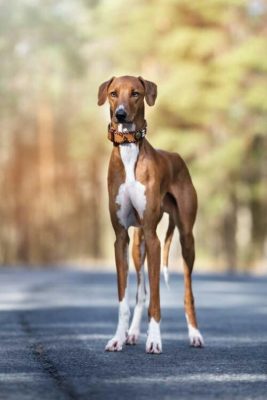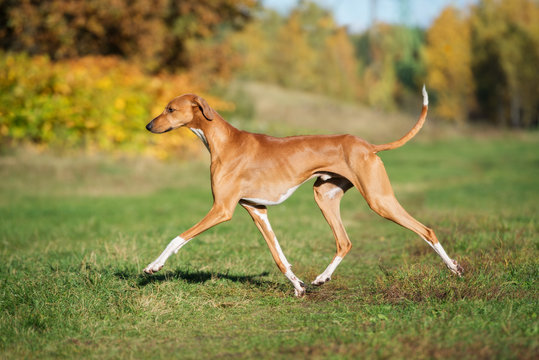Azawakh
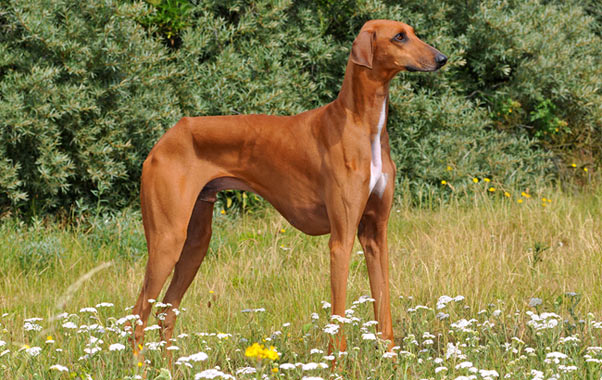
Its intelligence and quick wit distinguish Azawakh. The dog is very loyal to its owner and does not like and rarely lets strangers near it. The breed is often described as aloof, as it is not interested in friendship with strangers. The Azawakh wants to be alone; it can safely organize its leisure time without the owner’s involvement. The African Greyhound defends its boundaries, so it is not a breed from which you can expect affection.
Table of Contents
Breed Information
| Another Name | Idi, Hanshee, Oska, Rawondu, Bareeru, Wulo, Tuareg Sloughi |
| Origin | Mali, Niger, Burkina Faso |
| Height | Males 64-74 cm Females 60-70 cm |
| Weight | Males 20-25 kg Females 15-20 kg |
| Fur | Short |
| Color | Black, tiger, sandy brown, gray |
| Lifespan | 10-12 years |
| FCI Classification | Sighthounds |
| Group | Hunting dogs, protection dogs, guard dogs |
| Price | $350-500 |
Breed Photos
Origin History
The Azawakh is a rare short-haired member of the greyhound group, also known as the African greyhound, which originated many centuries ago. The origin of the African Greyhound is the Azawakh Valley, located in the Nile River basin. The breed’s origin’s history is shrouded in mystery, and many legends are surrounding the dog itself. Little information about the Azawakh has survived to this day. However, images of dogs can be seen on African murals thousands of years ago. Since then, the dog has been a constant companion of the nomadic peoples of the Sahara desert. The Azawakh is associated with the Tuareg peoples in the Sahel region, which covers most of present-day Mali.
In the past, the Azawakh was primarily a guard tasked with protecting his camp from thieves. Another role of the Azawakh was that of hunter, although the scarcity of game in this part of the world meant that he practiced this skill-less frequently. Nevertheless, a pack of Azawakh could bring down hares, antelope, and even wild boar.
The selection process among African greyhound puppies is interesting. When several puppies were born, the owner kept alive only those who fit the criterion of endurance. The advantage was given to male dogs, bitches were kept only when necessary to continue the race. The rest of the puppies were killed.
For thousands of years, the Azawakh has lived only in its native territory and has practically never crossed with other African breeds. It has preserved the breed’s gene pool and all the qualities that the Sahara’s infernal heat has honed. Azawakh was exported from Africa only recently. The African Greyhound first appeared in the United Kingdom in 1968, and the United States only 20 years later.
Appearance
The Azawakh is elegant in every way, from its appearance to its gait. The thin skin, short fur, and almost fat-free body make the dog extremely slender. If you look at the African Greyhound from the outside, you can see that it has a rectangular shape. Through the skin, you can see the dry but quite strong muscles of the dog. The slender paws of the Azawakh are longer than the torso.
The Azawakh has a long flat skull and an even longer muzzle. The ears are thin, and the dark eyes are almond-shaped. The voluminous chest protrudes forward. The stomach is taut and almost hairless. The tail is straight, slightly curved at the tip. Despite its height, the Azawakh’s gait is graceful and elegant, often resembling a cat.
Character
Its intelligence and quick wit distinguish Azawakh. The dog is very loyal to its owner and does not like and rarely lets strangers near it. The breed is often described as aloof, as it is not interested in friendship with strangers. The Azawakh wants to be alone; it can safely organize its leisure time without the owner’s involvement. The African Greyhound defends its boundaries, so it is not a breed from which you can expect affection. Nevertheless, behind the mask of restraint and sternness lies a loyal and loving heart.
The dog often gets annoyed if someone tries to get into “his territory”. It is not suitable for a family with a child. Azawakh’s hunting instincts will not allow it to stay quiet with cats, but it can get along peacefully with its congeners. The Azawakh is extremely protective of its home and family: it will bark threateningly if it feels threatened.
Care
The Azawakh thin, short coat does not require excessive maintenance. All you need is a weekly wipe with a damp cloth. What can cause problems are the Azawakh’s teeth. They are prone to tartar formation, so you need to brush them daily. You need to get them accustomed to this procedure from childhood.
The climate in which the Azawakh has lived for many years has made it sensitive to low temperatures. During the cold season, stock up on clothing for your pet. Keeping your pet in a country house with a large area is ideal, as the Azawakh requires many hours of daily walks.
Training
Raising Azawakh is not an easy task because they are independent and incredibly stubborn. They are used to doing what they want to do on their own. Only a person with strong leadership qualities can subdue these dogs. The owner of the Azawakh must be a leader, firm, and sometimes brutal. Raising a hand on the Azawakh is also not worth it because their proud nature does not tolerate humiliating themselves.
Common Diseases
Strict selection and the unsparing climate of the African deserts have made the Azawakh virtually invulnerable to disease. However, many diseases can occur in the African Greyhound:
- epilepsy;
- cervical spondylopathy;
- hypothyroidism;
- gastric dilatation/envelopment;
- Von Willebrand’s disease.
Nutrition
Azawakh is undemanding to food: he will eat anything you put. The food must be varied: dry food must be combined with liquid food.
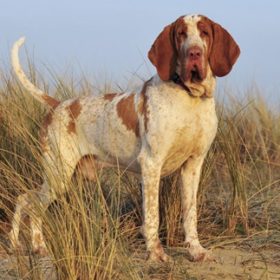 Bracco Italiano
Bracco Italiano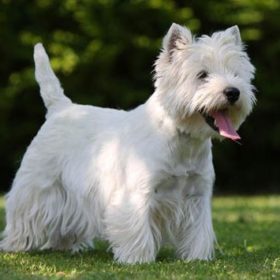 West Highland White Terrier
West Highland White Terrier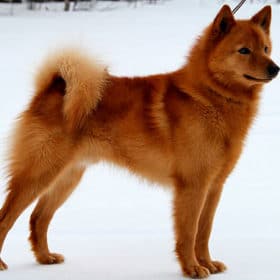 Finnish Spitz
Finnish Spitz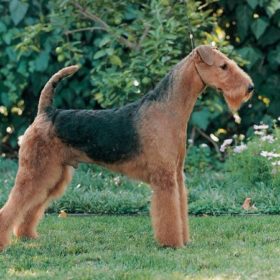 Airedale Terrier
Airedale Terrier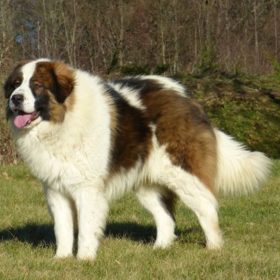 Tornjak
Tornjak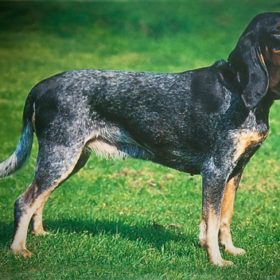 Small Lucerne Hound
Small Lucerne Hound